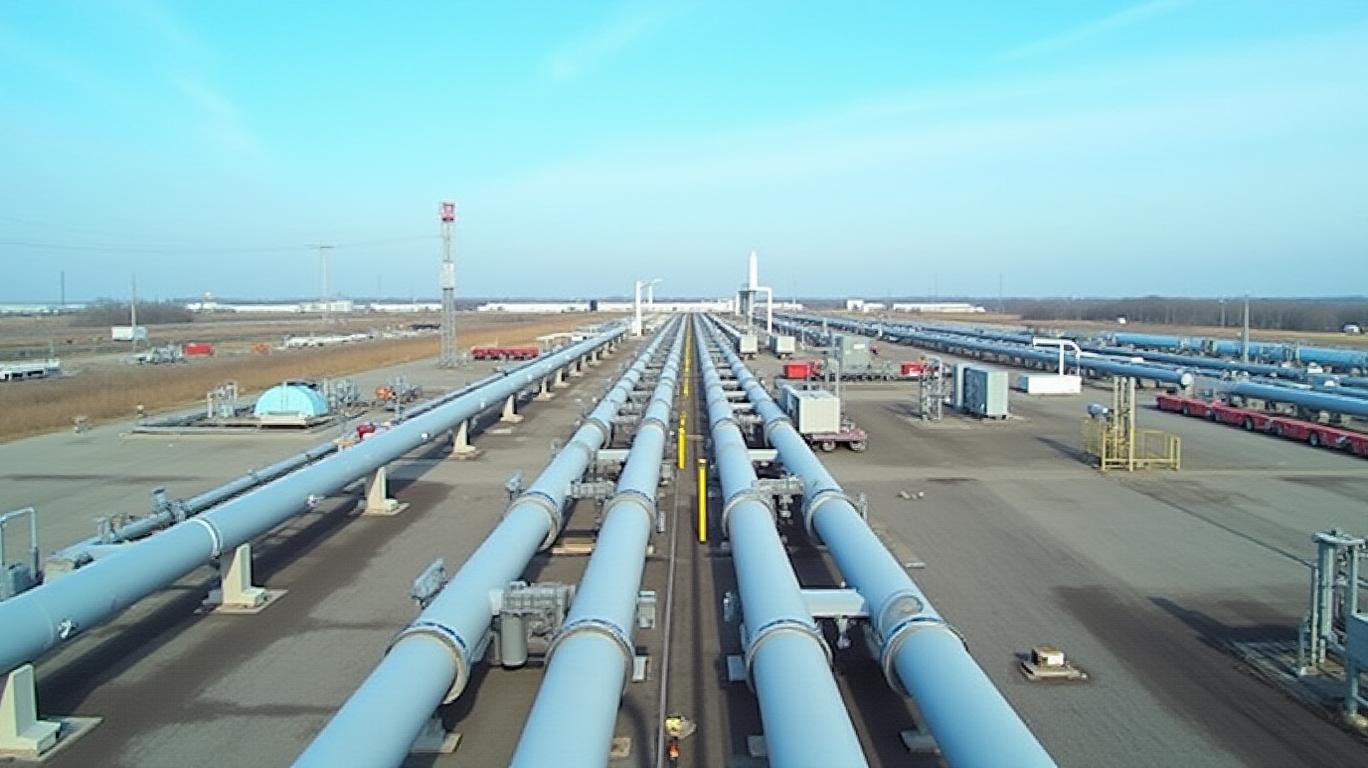Pembina Pipeline: A Dividend Machine Powered by Steady Cash Flow Growth
Pembina Pipeline Corporation (PBA) has long been a cornerstone of Canada's energy infrastructure sector, but its true strength lies in its ability to deliver reliable dividends while expanding its cash-generating assets. With a dividend payout ratio consistently below 50%—even after a recent 3% hike—the company is primed to reward shareholders for years to come. Let's dive into the numbers behind Pembina's dividend sustainability and why now could be the ideal time to invest.

The Cash Flow Engine: A Foundation of Stability
Pembina's dividend resilience starts with its robust free cash flow (FCF). In 2024, operating cash flow hit $3.21 billion, while capital expenditures (CapEx) totaled $955 million, leaving FCF at approximately $2.26 billion. This strong cash flow generation isn't a one-year blip: Q1 2025 operating cash flow rose 40% year-over-year to $840 million, even as adjusted cash flow dipped slightly to $777 million. The key takeaway? Pembina is efficiently reinvesting in growth without overextending its balance sheet.
Payout Ratio: A Conservative Approach to Growth
The dividend payout ratio—the percentage of cash flow paid to shareholders—is a critical gauge of sustainability. For Q1 2025, Pembina's declared dividend of $0.71 per share represents just 53% of the prior quarter's adjusted cash flow per share ($1.34). This leaves ample room for future hikes. Compare this to 2024, when dividends averaged $0.68 per share annually, consuming roughly 45% of FCF per share (assuming 450 million shares outstanding). Such conservatism is rare in an industry where many peers push payout ratios to 80% or higher.
The Dividend Track Record: Steady as She Goes
Pembina's dividend history speaks to its reliability. Since 2020, it has increased dividends every quarter, with 2024 seeing a gradual ramp-up from $0.6675 to $0.69 per share. The latest Q2 2025 dividend—a 3% increase from Q1's $0.69—is a clear sign of confidence. Management's emphasis on “low-risk, fee-based growth” and its diversified project portfolio (e.g., the Redwater Complex and Cedar LNG) further insulate dividends from commodity price swings.
Why Now is the Time to Act
- Low Payout Ratio = Growth Potential: With a payout ratio under 50%, Pembina can easily absorb minor cash flow dips while still rewarding investors. Backtesting shows that buying PBA on dividend hike announcements and holding for 30 days since 2020 has averaged a 54.62% return, though it faced a maximum drawdown of 33.52%. This underscores the strategy's potential rewards and risks.
- Strong EBITDA Growth: Q1 2025 EBITDA surged 12% year-over-year to $1.17 billion, putting the company on track to hit the $4.35 billion midpoint of its 2025 guidance.
- Tax Efficiency: Dividends are “eligible” in Canada and “qualified” in the U.S., offering favorable tax treatment—a rare advantage in the energy sector.
- Debt Management: Net debt-to-EBITDA remains under 4.0x, a healthy level for sustained capital returns.
Risks to Consider (But Not Fear)
- Commodity Volatility: Natural gas and oil prices could impact margins, but Pembina's fee-based contracts and storage assets mitigate this risk.
- Regulatory Hurdles: LNG projects like Cedar LNG face permitting delays, but these are industry-wide challenges with clear timelines.
Final Verdict: Buy Pembina Pipeline Now
Pembina's combination of a sub-50% payout ratio, rising EBITDA, and dividend-friendly projects makes it a rare blend of safety and growth. At current prices, PBA offers a 4.2% dividend yield, which could climb as payout ratios expand modestly. For income investors, this is a buy-and-hold opportunity to lock in stable returns while benefiting from Canada's energy renaissance.
Don't wait for the next dividend hike—act now before the market catches up to Pembina's cash flow machine.

Comments
No comments yet